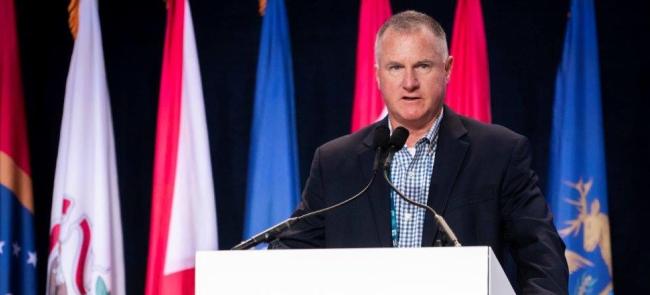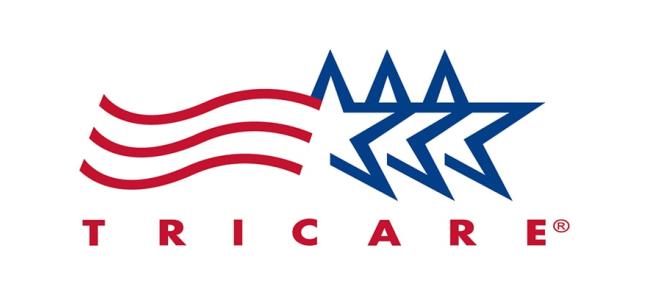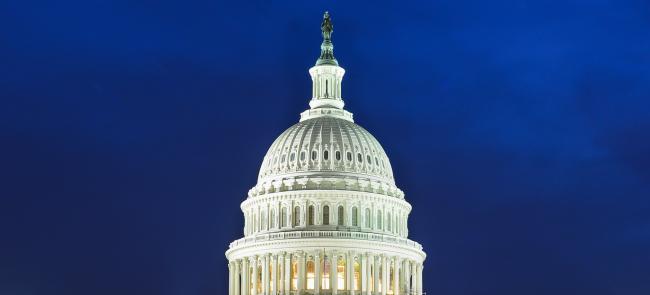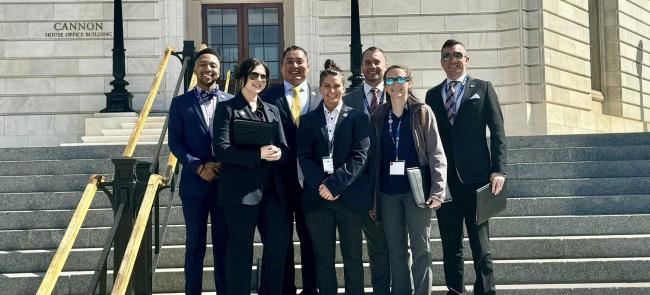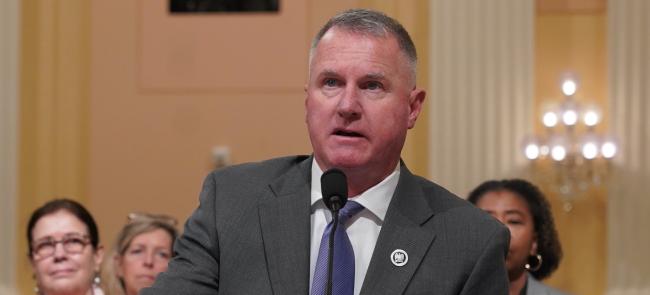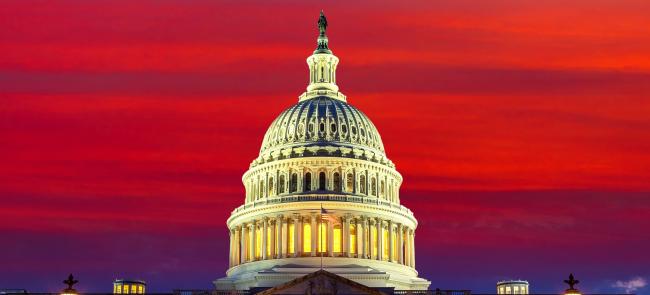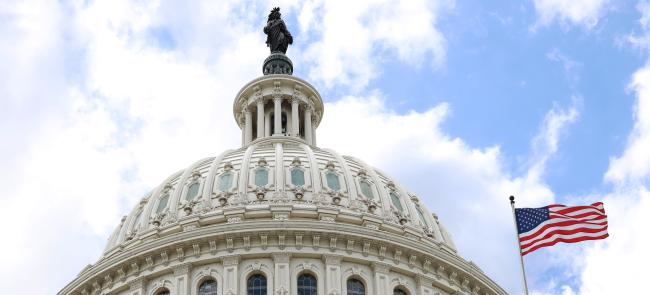
President Joe Biden has signed a two-tiered stopgap spending measure that Congress passed last week that will fund some federal agencies into January and others into February.
The continuing resolution developed by House Speaker Mike Johnson, R-La., averted a federal funding lapse and subsequent government shutdown that would have taken place last Saturday at 12:01 a.m. by dividing government funding into two buckets.
The first bucket will fund the departments of Transportation, Housing and Urban Development, Energy, Veterans Affairs and Agriculture through Jan. 19, 2024. Military construction is also funded through the same date.
The second measure will fund the rest of the federal government's agencies — including the Defense Department — through Feb. 2, 2024.
What the CR doesn't include is any spending cuts or policy provisions related to the nation's Southwest border, which caused nearly half of House Republicans to vote against it.
But the CR received support from Democrats in both the House and Senate for the same reason.
Johnson developed the CR's two-step approach to "fight for conservative victories" later while avoiding a year-end package that lumps all spending bills into one omnibus. Some conservative lawmakers argue these omnibuses frequently include wasteful federal spending.
Yet many lawmakers have expressed concerns that the CR creates two separate government shutdown deadlines going forward.
While the CR prevents a shutdown for now, it forces the federal government to operate at fiscal 2023 funding levels with no new programs.
Any CR — including this one — can cause sweeping delays in DoD contracting and push back some of the Pentagon's training.
Air Force Secretary Frank Kendall criticized CRs for bringing new initiatives "to a screeching halt" while speaking at the Center for a New American Security on Nov. 13.
For example, about 12 of the Air Force’s new starts would remain in limbo under a CR until Congress approves them.
Congress has frequently leveraged CRs in recent years to buy more time for completing all 12 required appropriations bills after a fiscal year has started.
Lawmakers now have a tight timeline for addressing federal appropriations before 2024 starts.
Both chambers of Congress are in session only 12 days the rest of this calendar year.
Despite the short schedule, lawmakers must agree upon — and pass — four appropriations bills by Jan. 19, 2024, and another eight appropriations bills by Feb. 2, 2024.
The Republican-led House and the Democrat-led Senate also appear far apart on toplines and priorities for each of these 12 appropriations bills.
Both chambers must agree on a federal spending plan before it can go to Biden for his signature.
The Senate additionally voted Nov. 15 to begin conference negotiations with the House about the fiscal 2024 National Defense Authorization Act.
The NDAA is the federal government’s annual defense policy bill, a piece of must-pass legislation for Congress.
— By Mark Hensch


